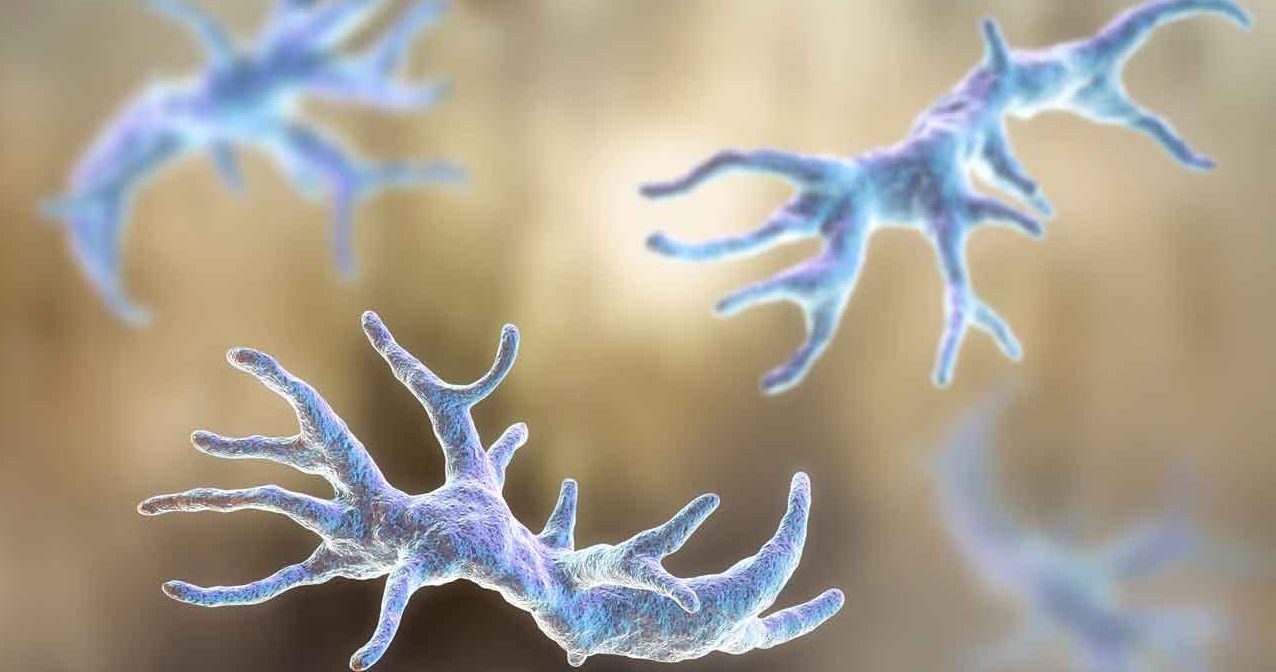Brain-Eating Amoeba Symptoms

A deadly creature that sneaks into brains isn't a sci-fi movie plot; brain-eating amoebas are real. Learn about brain-eating amoeba symptoms.
Sebastian Deleon is a healthy, normal 16-year-old. But the fact he is alive makes him one of the most unusual people on earth. He survived an infection with a microscopic brain invading killer that has resulted in death for almost everyone else it has attacked.
Deleon’s nightmare began with a swim in a freshwater pond near Orlando. It seemed like a perfect way to enjoy one of the last days of summer in August of 2016. The teen had no way of knowing the brain-eating amoeba known to scientists as Naegleria fowleri was in the water. The microscopic invader entered his nose and soon was in his brain.
The next day, the youngster suffered a severe headache — one of the first symptoms of brain-eating amoeba infection. Over-the-counter pain relievers didn’t help, and the youngster was admitted to a Florida Hospital with acute sensitivity to light and a worsening, excruciating headache. But he was lucky. Medical personnel identified the problem. They’d seen it before. Another youngster with the same brain-eating amoeba symptoms, including severe head pain and hallucinations, had died at the hospital a couple of years previously.
YOU MIGHT ALSO LIKE: Flesh Eating Bacteria Symptoms
Humberto Liriano, M.D., moved quickly. He placed Sebastian in a drug-induced coma and tried different strategies to attack the amoeba, including reducing Deleon’s core body temperature as low as possible so the amoeba, which thrives in warm temperatures, would hopefully not multiply. The tactics worked and saved the boy’s life.
Infections with brain-eating amoeba result when water contaminated with Naegleria fowleri enters the nose and the amoeba travels into the brain. From 2007 to 2016, the Centers for Disease Control and Prevention (CDC), reports there were 40 cases of brain-eating amoeba illness in the U.S. — 36 people were infected when contaminated water got up their noses during swimming or diving, three people were infected after irrigating their sinuses using contaminated tap water, and one person was infected by contaminated tap water on a backyard slip-n-slide. In all, since 1962, 143 Americans are known to have suffered from brain-eating amoeba attacks and only four have survived.
While the odds of contracting a brain-eating amoeba infection are slim, when the disease does occur the results are obviously likely to be tragic. The disease progresses very quickly after symptoms begin, usually causing death within about five days. However, knowing the symptoms of brain-eating amoeba illness and seeking help immediately can improve the chance of survival.
Naegleria fowleri infection causes primary amoebic meningoencephalitis, which destroys brain tissue. In the early stages, symptoms are similar to bacterial meningitis, according to the CDC. In addition to severe headache, brain-eating amoeba symptoms include fever, nausea or vomiting and, as the disease progresses, a stiff neck, confusion, lack of attention to people and surroundings, balance problems, seizures, and hallucinations.
Scientists are searching for drugs to treat the infection. One prescription medication, miltefosine (sold as Impavido), has shown promise and, so far, it has saved the lives of two people suffering from brain-eating amoeba infection. Although miltefosine was previously difficult to obtain, it is now commercially available. The CDC asks doctors who suspect a patient has a brain-eating amoeba infection to contact the CDC Emergency Operations Center for assistance and expert advice on the use of this drug.
The best way to avoid ever having symptoms of brain-eating amoeba is to prevent the infection in the first place. To reduce the risk of Naegleria fowleri infection, the CDC advises limiting the amount of water going up your nose, especially in places where the brain-eating amoeba may thrive.
The amoeba is commonly found in warm freshwater, including lakes, rivers, and hot springs. It has also been discovered in poorly maintained or non-chlorinated swimming pools and in contaminated tap water in hot water heaters (which explains the rare cases of brain-eating amoeba from sinus irrigation with tap water).
To protect yourself from brain-eating amoeba infection, the CDC says you should assume that Naegleria fowleri is present in warm freshwater across the U.S. Only swim and dive in well maintained pools treated with chlorine, or do not immerse your head in untreated water, the CDC advises.
Updated:
March 26, 2020
Reviewed By:
Christopher Nystuen, MD, MBA